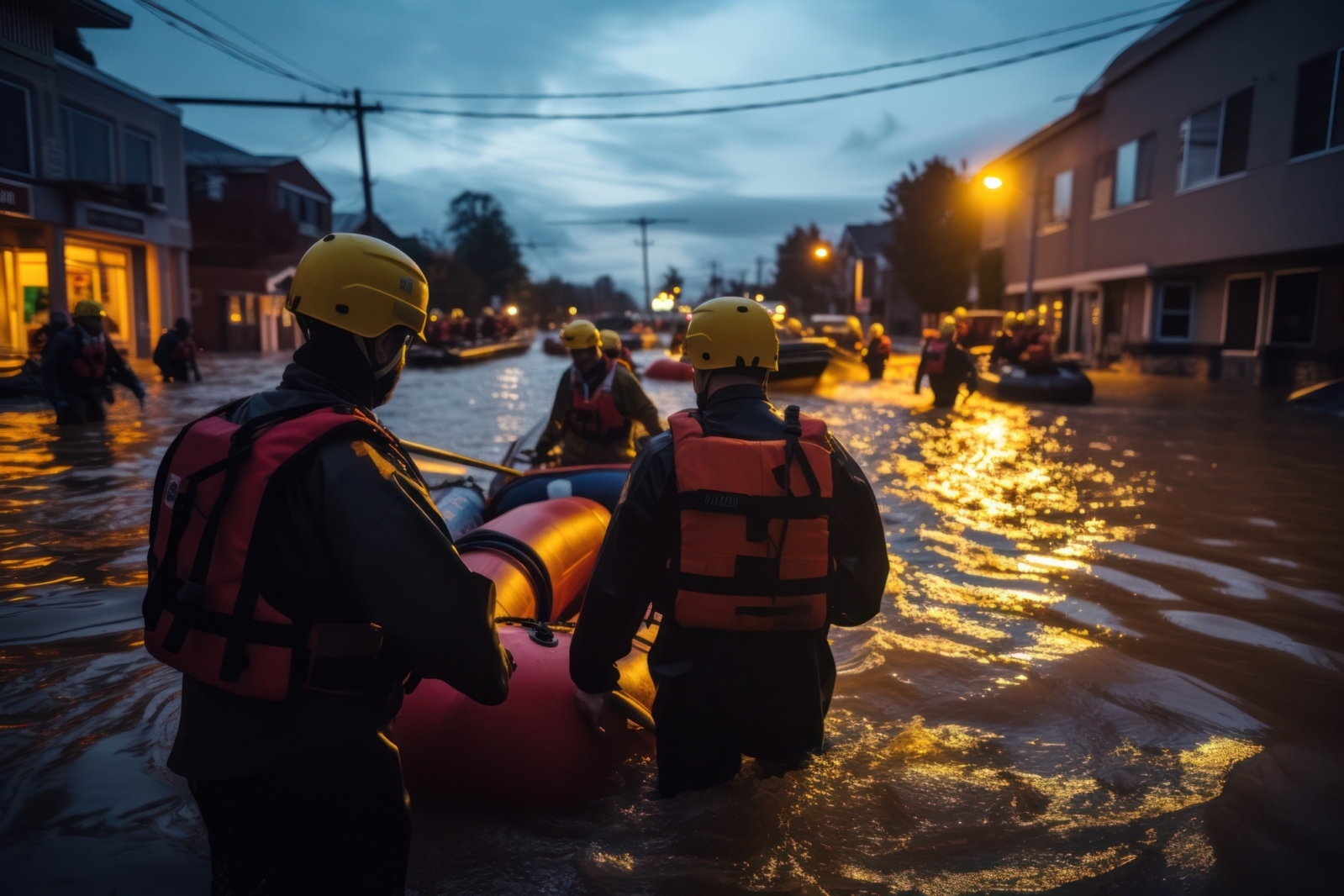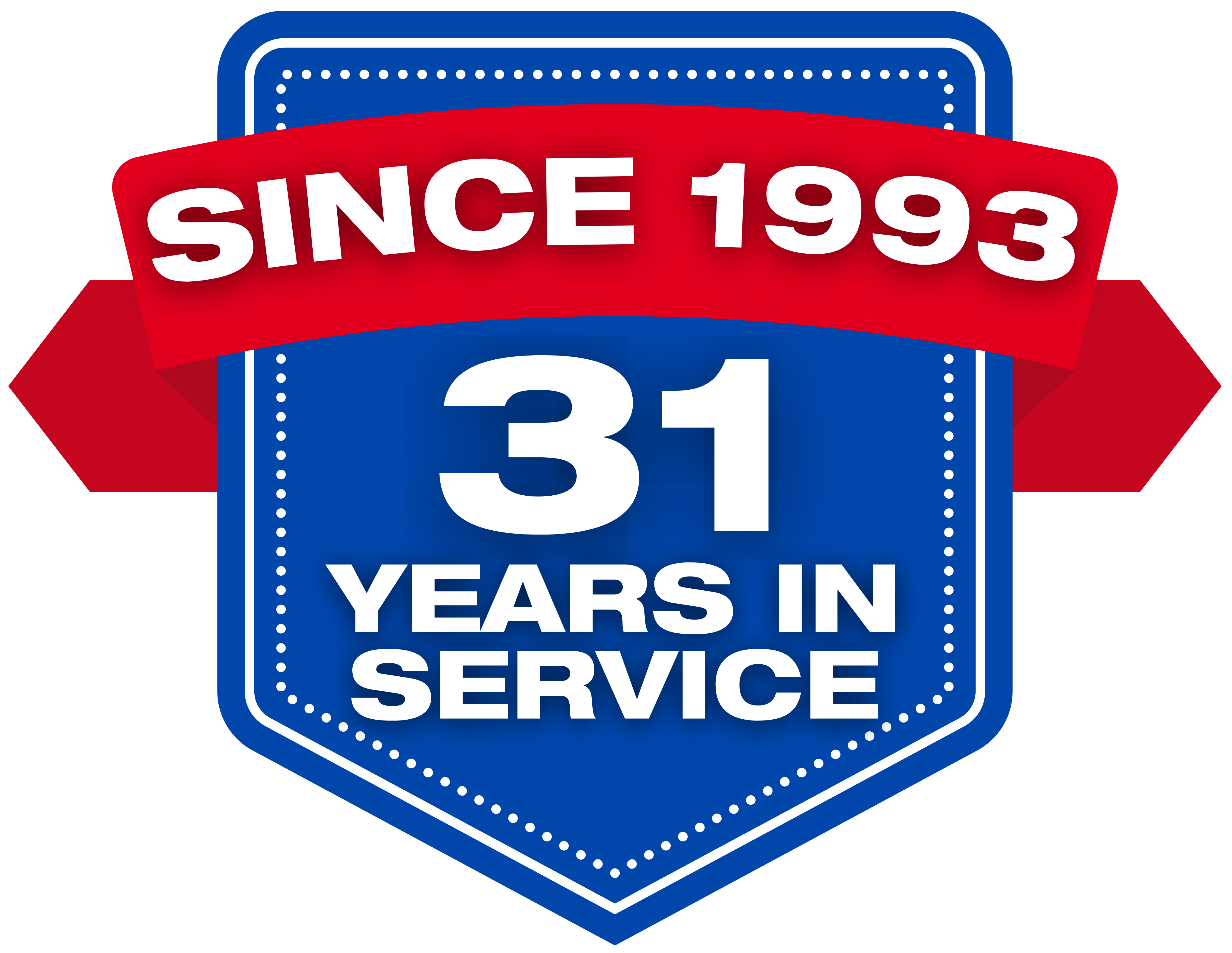Mastering Disaster Preparedness: Ensuring Safety Amidst Crisis

Disasters, whether natural or human-made, can strike unexpectedly, underscoring the critical need for preparation to safeguard yourself and your loved ones. In this comprehensive guide, we'll delve into essential strategies and tips for staying safe during various disasters.
Crafting a Comprehensive Disaster Preparedness Plan
Initiate your safety measures by formulating a well-rounded disaster preparedness plan that encompasses:
1. Evacuation Routes: Map out safe routes from home and work and ensure everyone knows these paths.
2. Emergency Contacts: Compile a list of crucial contacts, including family, neighbors, and friends, and establish communication protocols.
3. Communication Strategy: Set up alternative communication methods like walkie-talkies as backups.
4. Shelter Options: Identify nearby shelters such as community centers or schools and familiarize yourself with their facilities.
5. Emergency Supplies: Assemble a comprehensive emergency kit containing food, water, first aid essentials, flashlights, batteries, a radio, and medications.
Staying Informed for Enhanced Safety
Stay abreast of potential disasters through various means:
1. Local Authorities: Keep tabs on updates from local emergency management services for alerts and safety guidelines.
2. Weather Forecasts: Monitor credible weather sources to anticipate severe conditions affecting your area.
3. Emergency Alert Systems: Enroll in mobile emergency alert systems for real-time updates during crises.
4. Smartphone Apps: Download pertinent apps like weather or FEMA's mobile app for crucial alerts.
Effective Evacuation Strategies
When evacuation becomes necessary, adhere to these guidelines:
1. Plan in Advance: Avoid last-minute actions due to traffic congestion or resource limitations.
2. Utilize Designated Routes: Stick to authorized evacuation paths designated for safety.
3. Carry Essentials: Bring your emergency kit, crucial documents, IDs, and personal items.
4. Inform Contacts: Keep your emergency contacts informed about your evacuation plans for safety tracking.
Follow Shelter-in-Place Protocols
In some scenarios, sheltering in place is safer. Consider these tips:
1. Designate a Safe Space: Identify a secure room without windows for shelter at home or work.
2. Secure Property: Take precautions like boarding windows, reinforcing doors, and managing utilities.
3. Stock Supplies: Ensure an adequate stock of food, water, and necessities in your shelter space.
4. Stay Updated: Continuously monitor local news and emergency alerts for any changes.
Community Engagement for Collective Safety
Community involvement plays a vital role in disaster safety:
1. Neighborhood Watch: Participate or initiate a neighborhood watch to bolster community security.
2. Connect with Neighbors: Exchange contacts with neighbors for mutual aid during emergencies.
3. Extend Help: Be ready to assist vulnerable community members without adequate support.
4. Attend Local Meetings: Engage in community sessions and preparedness workshops for awareness and connection.
Prioritizing First Aid and Medical Considerations
Prepare for medical emergencies with these considerations:
1. First Aid Training: Equip yourself with first aid and CPR skills for managing injuries during crises.
2. Medical Supplies: Stock up on vital medications, medical supplies, and equipment for emergencies.
3. Document Health Records: Maintain copies of essential medical records, prescriptions, and emergency contacts in your kit.
Caring for Mental and Emotional Well-Being
Acknowledge the importance of mental and emotional health in crisis situations:
1. Maintain Composure: Keep calm to make rational decisions amidst chaos.
2. Seek Support: Reach out to friends, family, or support networks for emotional assistance.
3. Address Trauma: Consider seeking professional counseling or therapy post-disaster to process any emotional stress.
Final Thoughts on Safety Amidst Crisis
Disaster preparedness involves meticulous planning, awareness, and community involvement. By establishing a comprehensive plan, staying informed, and knowing when to evacuate or seek shelter, you significantly enhance safety for yourself and your loved ones. Remember, preparedness remains the cornerstone in reducing risks and ensuring well-being during calamitous events.
ALL-CLEAN USA: Restoring Your Home or Business Post-Disaster
When your home or business faces damage from a natural or human-induced disaster, entrust the restoration process to the experts at ALL-CLEAN USA. We're here to help you regain normalcy once the storm has cleared.
Connect with our team today to begin the recovery process.


